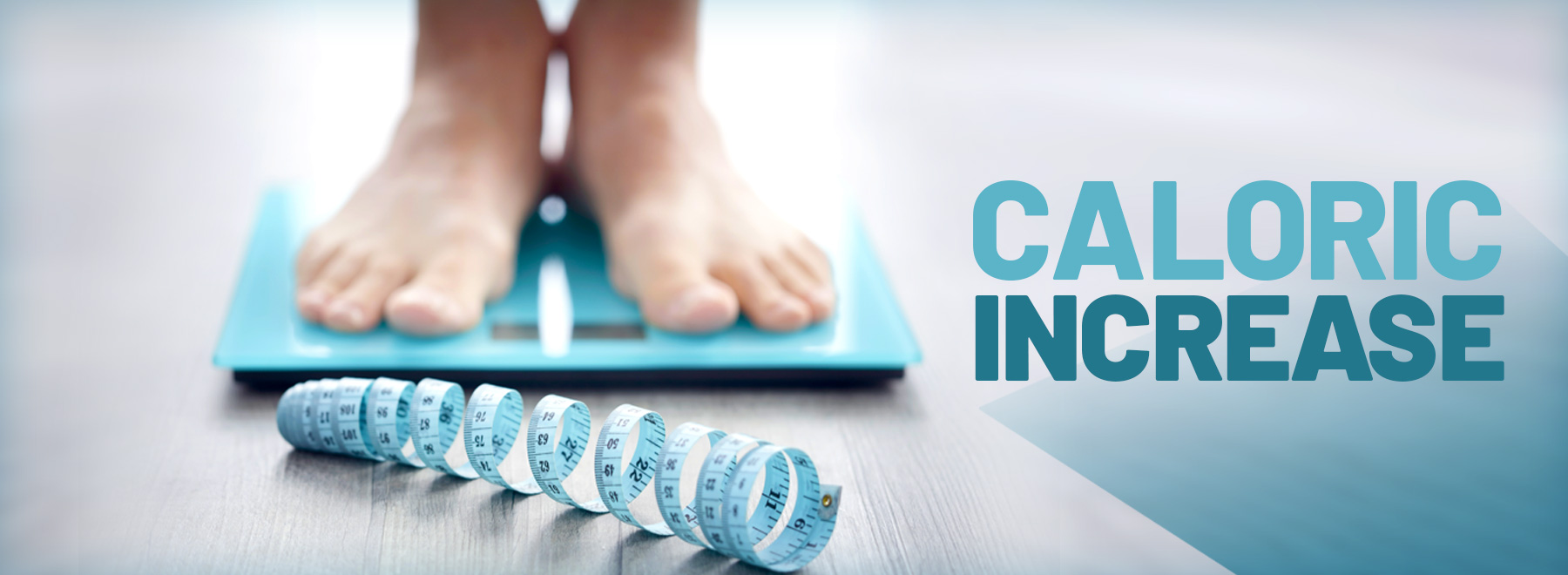When gaining weight doesn’t come easy
In a culture that glorifies being thin, a tiny segment of the population is often overlooked: the underweight.
It may sound like a twisted oxymoron, but there’s such a thing as being too thin.
But how do you know if that’s you?

There are a few tools you can use to see how your weight compares with the average population, said Dacia Breeden, a registered and licensed dietitian at the University of Mississippi Medical Center.
One is the Body Mass Index, which calculates your weight to height ratio to see if you fall in a healthy weight range. Another is the Ideal Body Weight model, which helps you to see how close you are to the recommended weight based on your height; the IBW can be adjusted by subtracting 10 pounds for a smaller frame or adding 10 pounds for a larger frame.
“If you are underweight, it may signal an underlying health problem,” said Breeden.
So, if you’ve tried eating more to gain weight, with no meaningful results, you should see your physician for a thorough physical exam and lab work to rule out any issues.
“Being underweight can put you at greater risk for certain health concerns,” Breeden said. “Some of those would be malnutrition, reduced muscle mass, fatigue, poor concentration, reduced immunity, inability to heal properly or quickly, and weak bones – because your body will pull from your bones for needed nutrients it does not receive in the diet.”
Less than 2 percent of Americans are underweight, according to the Centers for Disease Control and Prevention. But for that minority, gaining weight can be as challenging as losing is for the majority.
While some count themselves lucky for super genetics and speedy metabolisms that render them naturally thin, there are others who want the fat-burning machine to slow down.
There are some foods you should eat, and some you shouldn’t, to help you get to a healthy weight, with an emphasis on the word healthy.
Don’t rely on empty calorie junk foods like milkshakes, ice cream, pies, sweets and fast foods.
“Yes, they may give you calories, and you could certainly gain weight this way, but you won’t be really nourishing your body to help heal the issue that may have been causing the underweight issue to begin with,” Breeden said.
“Try to think of how well the food will actually nourish your cells. Also, if you use junk foods as a tool to gain weight, once you do gain weight, it can be extra challenging to transition over to a healthier diet.”
Instead, your focus should be on choosing foods both nutrient dense and higher in calories.
“If you are underweight, you are also likely malnourished, so you really need to focus on vitamin and mineral content of foods, not just calories alone,” she said.
Examples of high-calorie nutrient-dense foods include avocados, nuts, seeds, nut butters, beans and peas, hummus, bean dip, guacamole and healthier oils such as olive and flaxseed. Those foods will add up calories quickly, while also supplying your body with vitamins, minerals and fiber.
One of the easiest ways to significantly increase nutrient and caloric intake is to add a daily smoothie to your routine. It may feel less overwhelming than trying to add large amounts of food to your diet.
Breeden likes this Nourishing Weight Gain Fruit and Veggie Smoothie:
1 frozen banana
1 cup frozen pineapple or mango
1 - 2 cups cup fresh spinach
2 - 3 tablespoons of nut butter or flaxseed oil
2 dates, or if you prefer, honey or another sweetener is optional
Increase the calories of the smoothie by adding a nut butter or a healthy oil such as flaxseed oil.
Simply blend all ingredients well, and it’s ready to drink.
The fat and starch food combination method is another way to gain weight healthily and easily. Just add a carbohydrate and fat together for all of your meals and snacks.
“The body can only use so much of one macronutrient at a time before weight gain occurs,” said Breeden. “This is one reason why many individuals who are attempting to lose weight limit either their carbohydrate or their fat. It’s not so much that the fat or carb itself is to blame for weight gain; it’s the two of these macronutrients paired together that creates that fat storage so easily."
Here are a few examples. For breakfast, eggs and grits, or oatmeal with nut butter mixed in. Lunch: peanut butter and jelly sandwich or a baked potato topped with veggies sautéed in olive oil. For supper, guacamole and beans wrapped in tortillas, or baked salmon and a sweet potato. And snacks, a mix of fresh fruit and nuts or full-fat coconut yogurt topped with berries.
Once you’ve reached your weight gain goal, you can start to gradually reduce the number of times or serving amounts you eat the higher-calorie foods throughout the day, Breeden said. Then also start to reduce the amount of starch and fat combination meals and enjoy them separately instead.
For example, if you have been adding nut butters to your smoothies, once you’ve hit your weight goal, try taking out the nut butter and replacing it with a fiber supplement instead. Or, if you’ve been enjoying guacamole, instead of putting it in a tortilla, put it on a salad or with a side of vegetables instead.
“This way, you can still maintain your basic diet, you only have to tweak it slightly, which makes the transition to a maintenance phase so much easier. Then, keep a watch on your weight for the next few weeks and check to see how steady your weight is so you can make adjustments as needed.”

The right exercise regimen can also aid in healthy weight gain, said Dr. Michael Brown, board-certified sports clinical specialist and assistant professor/assistant chair in the Department of Physical Therapy.
“When trying to gain muscle which will translate to weight gain, the best place to start would be a type of resistive exercise,” Brown said.
That includes body weight exercises, bands, free weights and weight machines. To gain muscles, you must overload the muscle, which can be done by increasing the weight or resistance during exercises.
While aerobic exercises – running, jogging, walking – are important, to increase muscle mass without burning too many calories, you should balance running and resistive exercise, with more emphasis on the latter.

“An individual is going to burn calories during any exercise, so increasing caloric intake in a healthy way can negate the effects of the calories burned,” said Dr. Melanie Lauderdale, board certified clinical specialist in neurologic physical therapy and professor and chair, Department of Physical Therapy. “Keeping a journal of your diet and exercise regimen will help track calories in versus calories out. This process will be an estimation but will be helpful in balancing exercise and diet.”
Not only does adding muscle make you stronger, but it can help with injury prevention and performing everyday tasks, Brown and Lauderdale said.
“Generally, we tend to lose muscle as we age or reduce our activity,” said Brown. “Maintaining a well-developed musculoskeletal system correlates with a positive overall health status, especially as we age. By maintaining muscle, our system is more resilient, and we are well equipped to meet our functional demands such as balance, lifting and getting in and out of the car.”
Lauderdale advised consulting with a professional to maximize benefits and minimize soreness and risk of injury before starting a strengthening program for the first time. And make sure you give your muscles 48 hours of rest to allow for healing.
“Form or technique is important when completing exercise,” Brown said. “An improper approach to an exercise can possibly result in injury.”
The above article appears in CONSULT, UMMC’s monthly e-newsletter sharing news about cutting-edge clinical and health science education advances and innovative biomedical research at the Medical Center and giving you tips and suggestions on how you and the people you love can live a healthier life. Click here and enter your email address to receive CONSULT free of charge. You may cancel at any time.



